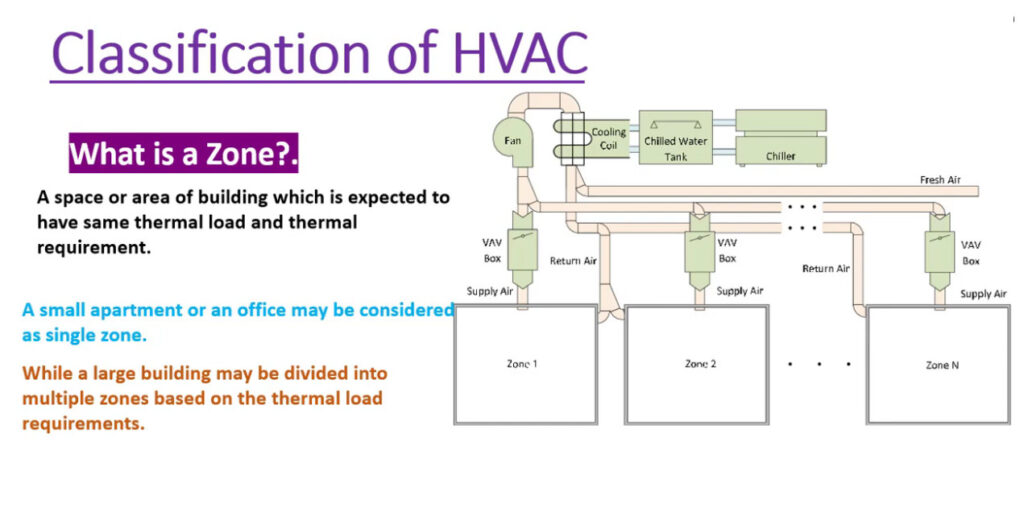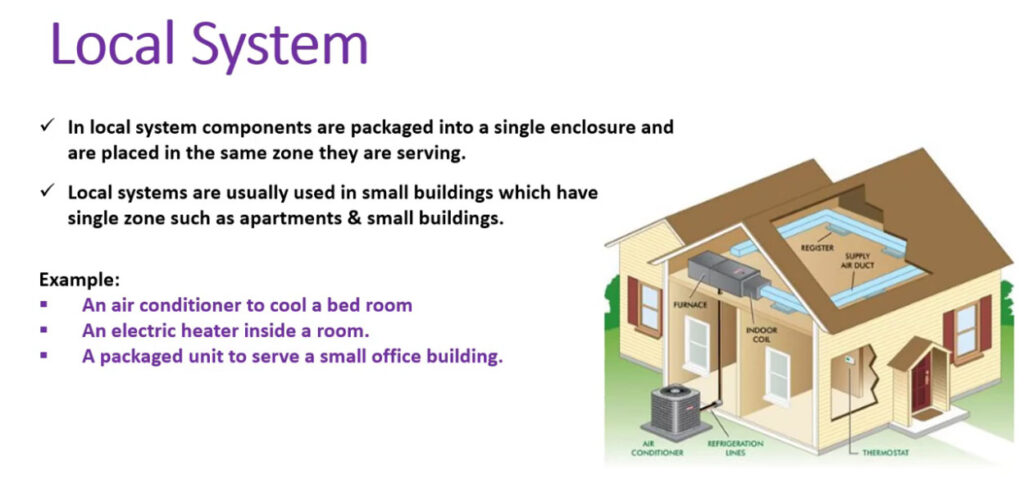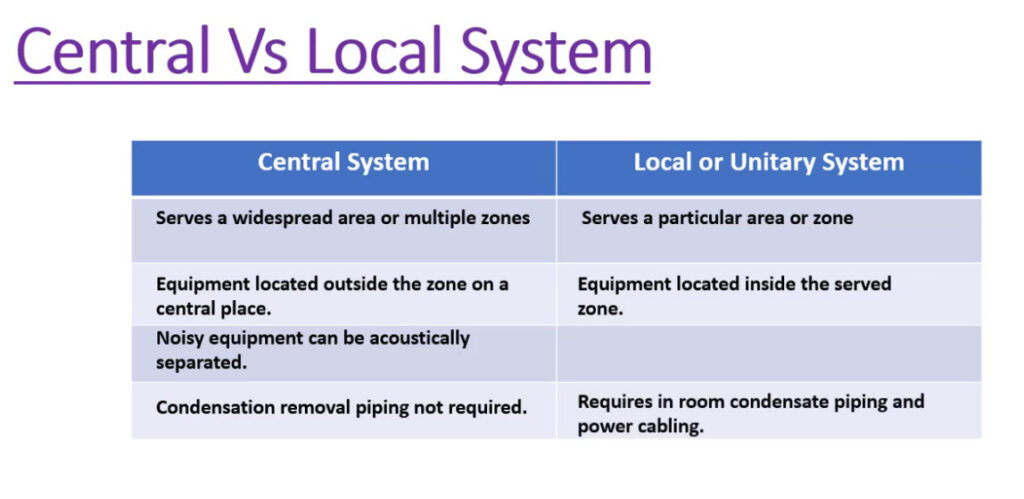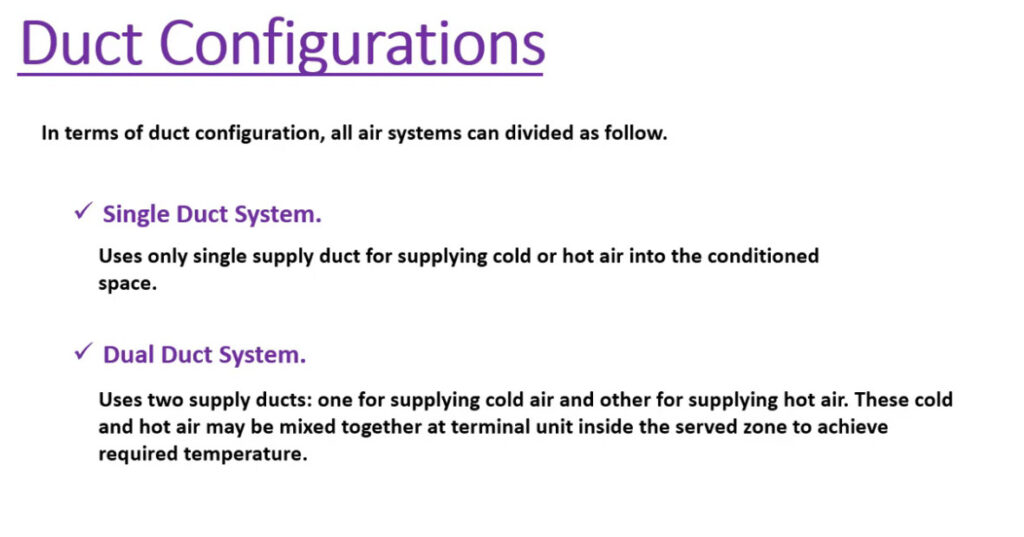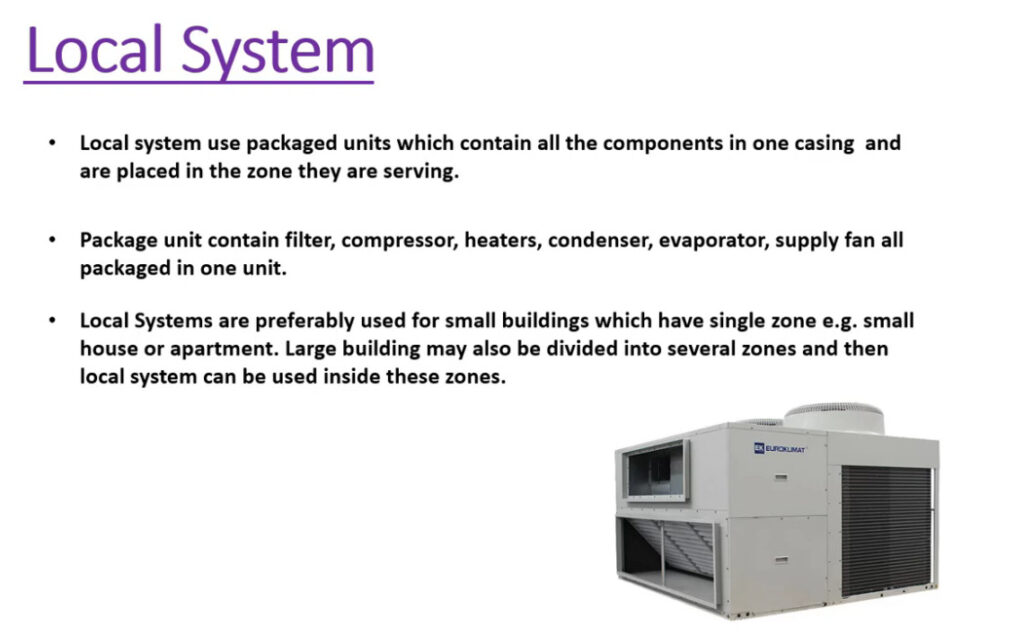- 8777701917
- info@saikatinfotech.com
- Basirhat W.B
A Building Management System (BMS), also known as Building Automation System (BAS), is a computer-based control system that manages and monitors various mechanical, electrical, and electromechanical services in a facility. The goal of a BMS is to improve the operational efficiency, comfort, safety, and energy management of a building. It integrates and automates control of systems such as HVAC (heating, ventilation, and air conditioning), lighting, security, fire alarms, elevators, and other critical systems.
Controllers: These are the core of a BMS. They monitor and control different building systems. Examples include programmable logic controllers (PLCs), direct digital controllers (DDCs), or other specialized microprocessors.
Sensors: Various sensors gather real-time data from the building systems, including temperature, humidity, light levels, air quality, occupancy, pressure, and CO2 levels.
Actuators: These devices carry out actions based on signals from the controllers, such as adjusting the temperature of the HVAC system or controlling the blinds for natural light optimization.
User Interface (UI): This is where facility managers interact with the system. It can be a graphical interface on a PC, tablet, or a web-based platform that provides dashboards, alerts, and reporting tools.
Communication Networks: A variety of communication protocols (like BACnet, Modbus, KNX, or LonWorks) facilitate the communication between controllers, sensors, actuators, and the central server.
Data Storage and Analytics: BMS systems often include databases to store historical data, which can be analyzed for insights like energy consumption patterns, system performance, and predictive maintenance.
Energy Management: One of the primary goals of a BMS is to optimize energy use. It monitors energy consumption across the building and can adjust systems (such as HVAC or lighting) to reduce waste. Energy-saving modes or schedules can be implemented to lower operational costs.
HVAC Control: The BMS ensures that the HVAC system operates efficiently. It monitors temperature, humidity, and air quality to ensure comfort while avoiding overuse of energy. Advanced systems may incorporate adaptive learning to optimize HVAC operation based on occupancy or weather conditions.
Lighting Control: The system can automate lighting schedules, adjusting lights based on occupancy or daylight levels. This is especially useful in commercial buildings to minimize energy use during off-hours.
Security and Surveillance: BMS integrates access control, alarm systems, and surveillance systems to ensure the security of the building. It can monitor doors, windows, and gates, and integrate with CCTV and motion sensors.
Fire Alarm and Safety Systems: A BMS can incorporate fire detection and safety systems, ensuring that alarms are triggered and safety protocols are executed (e.g., controlling ventilation to prevent the spread of smoke).
Elevator Control: Some BMS systems can manage elevators, optimizing usage based on traffic patterns (e.g., grouping elevator calls or adjusting speed based on demand).
Maintenance and Fault Detection: The BMS can be used to predict maintenance needs by analyzing data trends. It can also identify faults, such as a malfunctioning sensor or an inefficient HVAC unit, and notify staff for prompt action.
Energy Efficiency: By monitoring and controlling energy-consuming systems, a BMS helps buildings become more energy-efficient, leading to significant cost savings.
Operational Efficiency: Automating tasks and optimizing system performance improves overall operational efficiency and reduces the need for manual intervention.
Enhanced Comfort: By regulating factors like temperature, lighting, and air quality, a BMS helps maintain a comfortable environment for occupants.
Sustainability: A well-optimized BMS contributes to the sustainability goals of a building by reducing energy consumption, waste, and the carbon footprint.
Improved Safety: Integrating safety systems (like fire alarms, emergency lighting, and security systems) improves occupant safety in emergency situations.
Remote Monitoring and Control: Many modern BMS platforms allow building managers to monitor and control systems remotely, even from mobile devices.
IoT Integration: The Internet of Things (IoT) enables advanced connectivity between building systems and sensors, allowing for more granular data collection and real-time analysis.
Cloud-Based BMS: Cloud technology allows for remote access and control of the BMS from anywhere in the world. It also facilitates advanced data analytics and machine learning applications.
AI and Machine Learning: AI-powered BMS can automatically adjust systems based on learning patterns (e.g., predicting occupancy trends or adjusting HVAC settings based on weather forecasts).
Integration with Smart Grids: Some BMS systems are designed to work with smart grids, allowing buildings to take advantage of dynamic energy pricing, demand response programs, and renewable energy sources (like solar panels).
Sustainability and Green Certifications: BMS can play a role in achieving certifications like LEED (Leadership in Energy and Environmental Design) by monitoring and optimizing energy usage, water conservation, and indoor environmental quality.
A Building Management System is a powerful tool for enhancing the efficiency, comfort, and safety of a building. By integrating various subsystems and automating control, it provides building managers with the ability to monitor, analyze, and optimize building operations in real time. Whether for energy savings, operational efficiency, or occupant comfort, a BMS is essential in modern buildings, particularly in the context of sustainability and smart building initiatives.
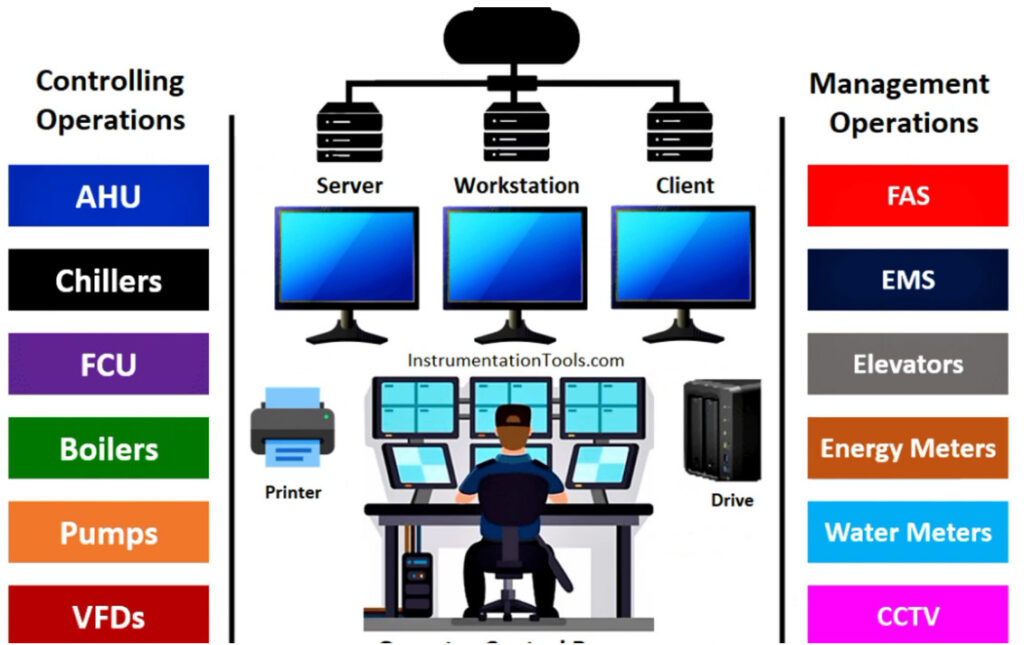
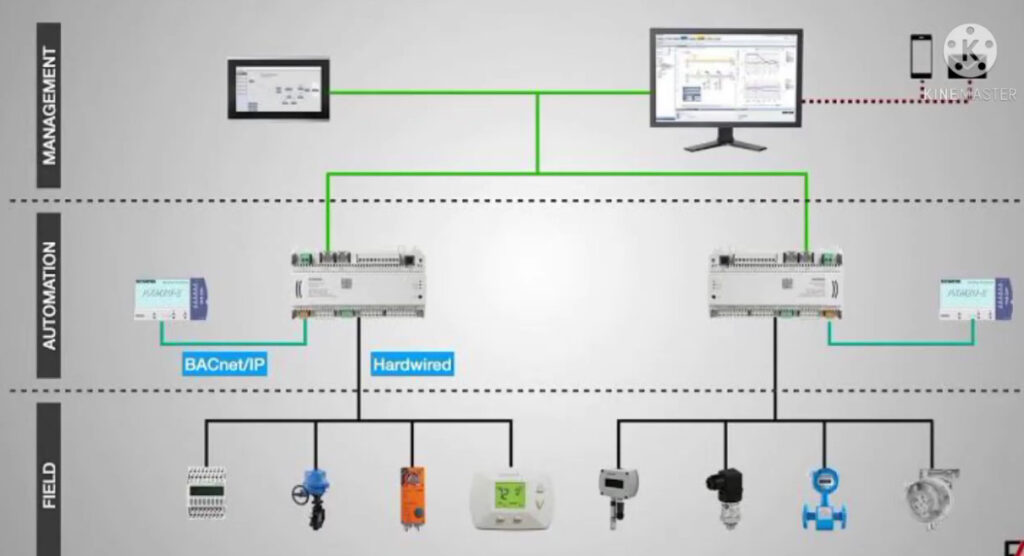
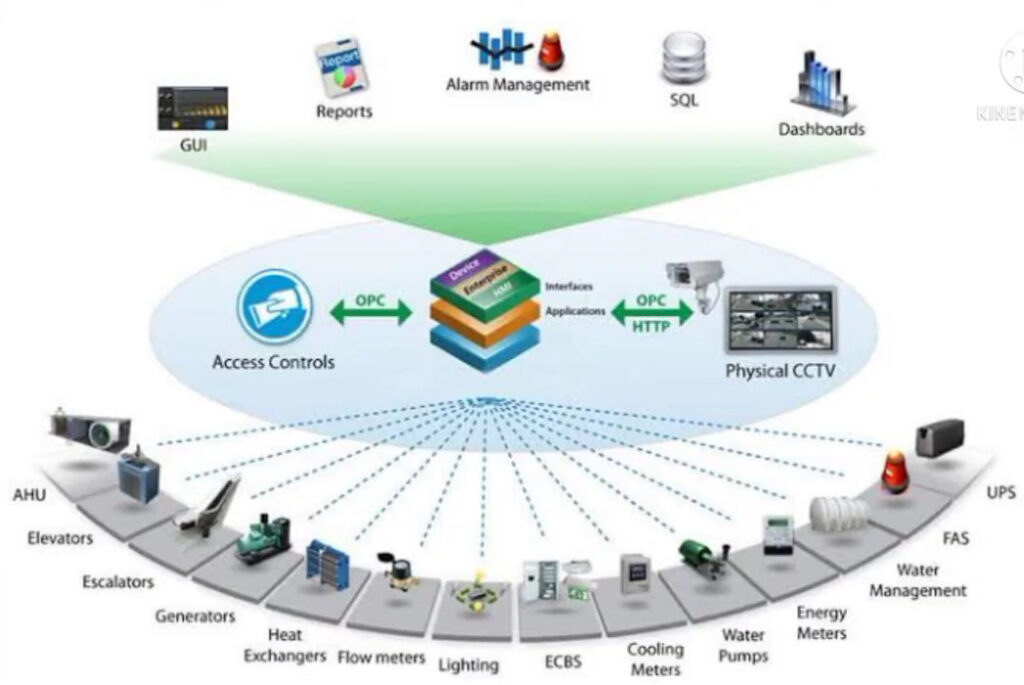

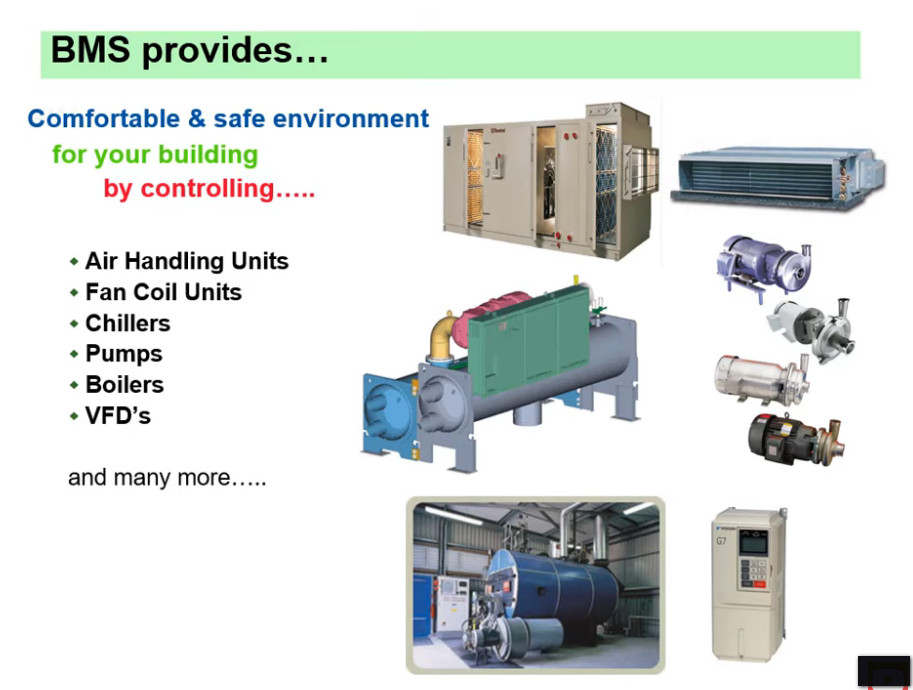

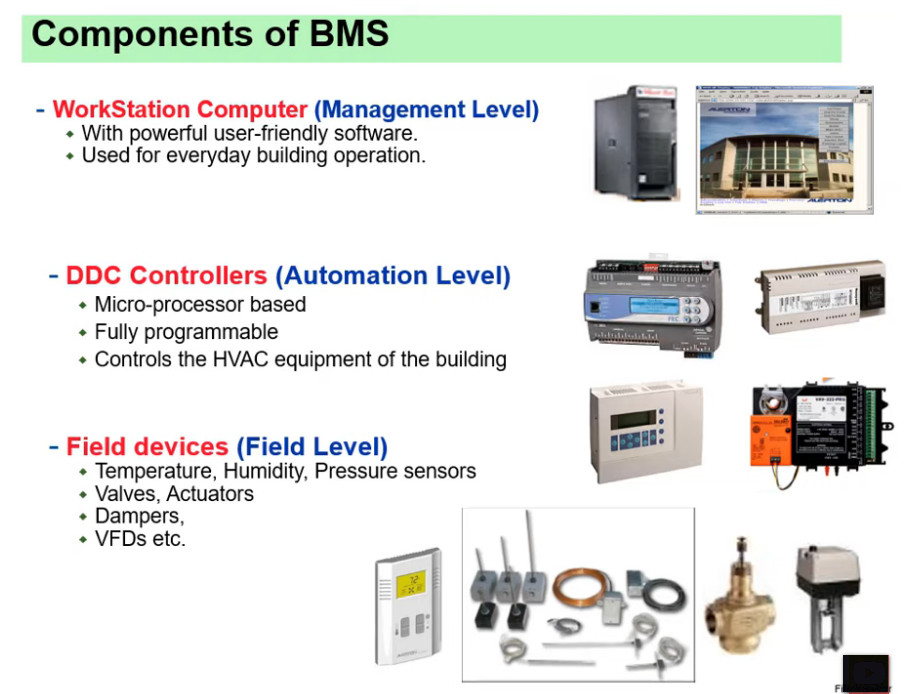
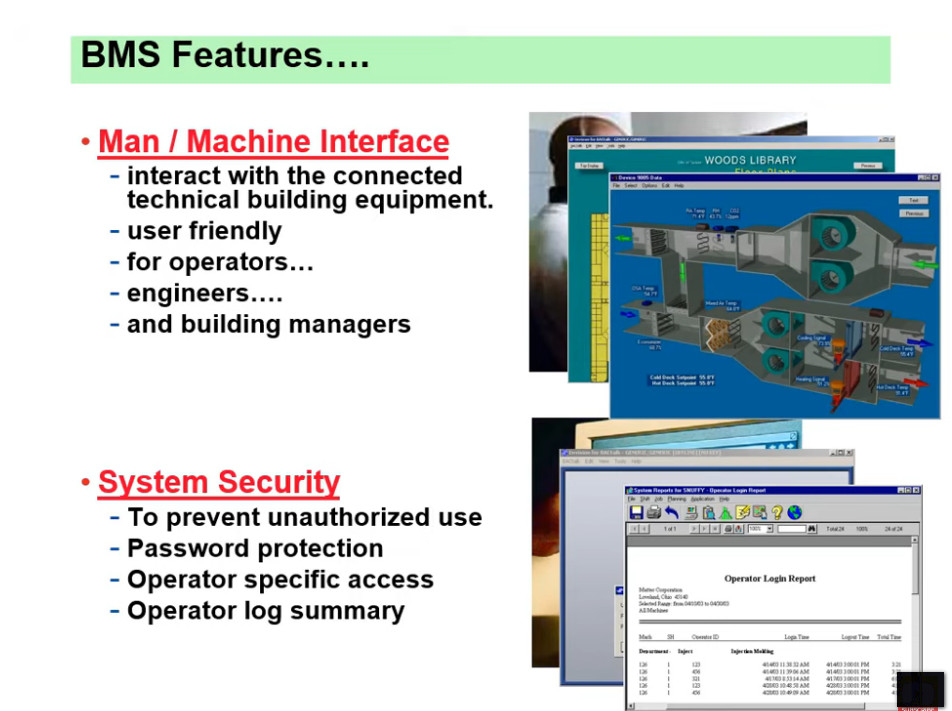
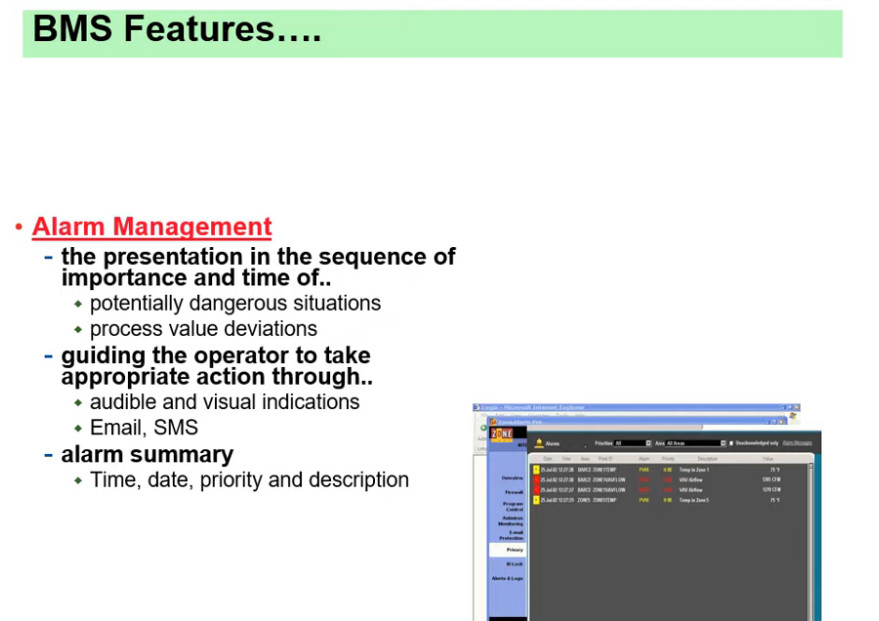
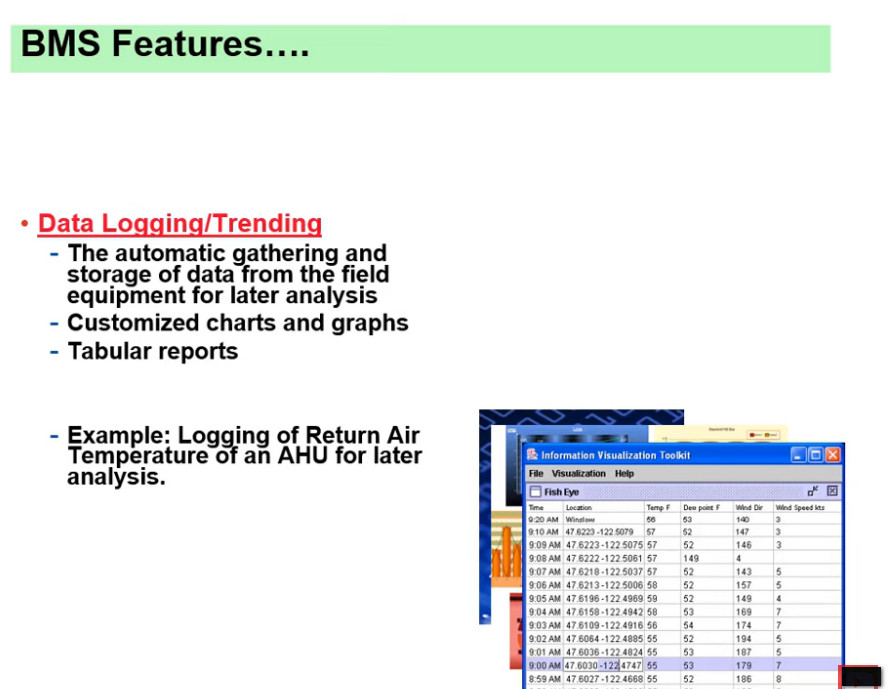
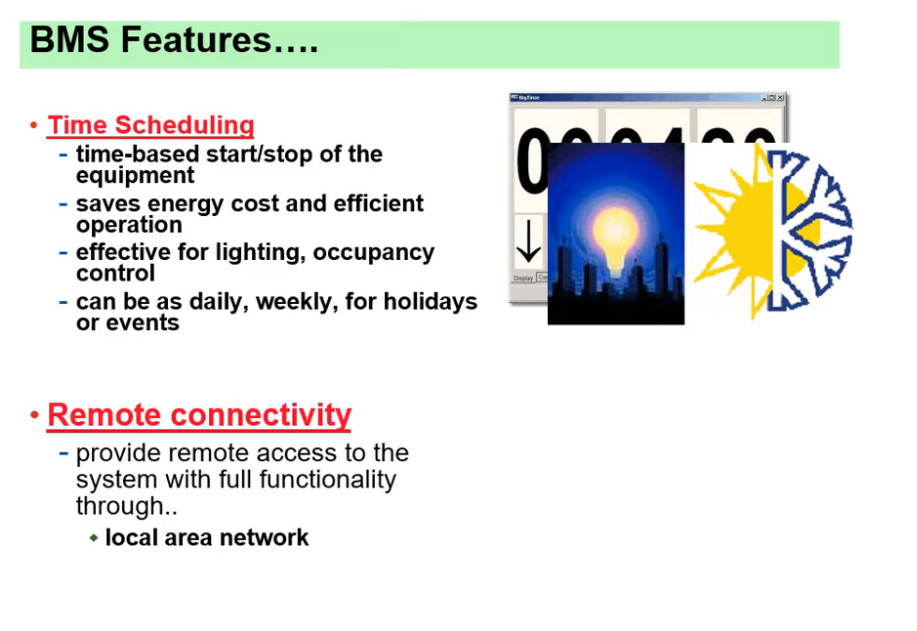
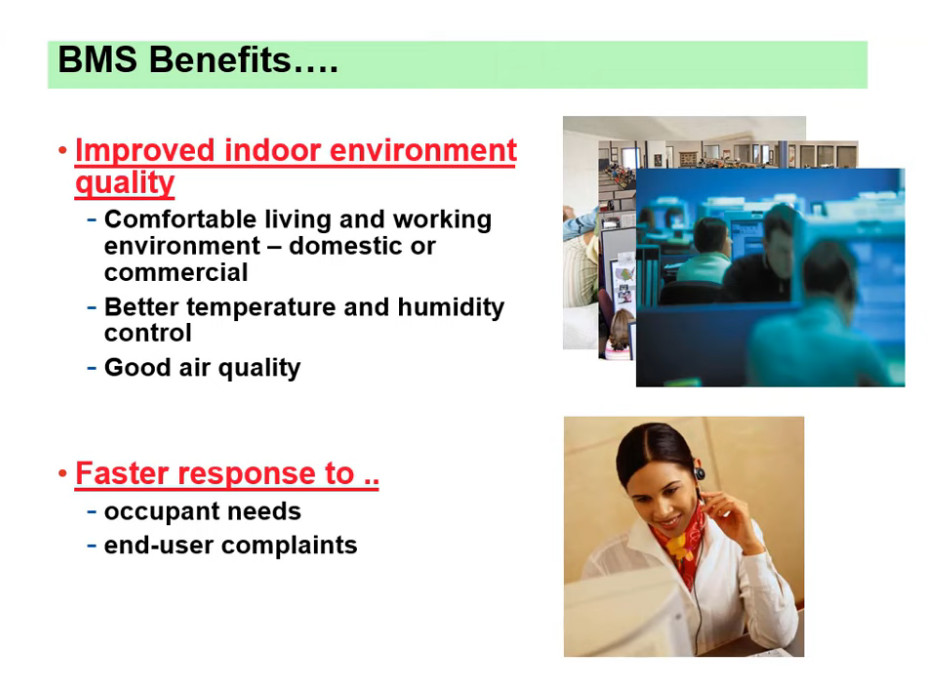
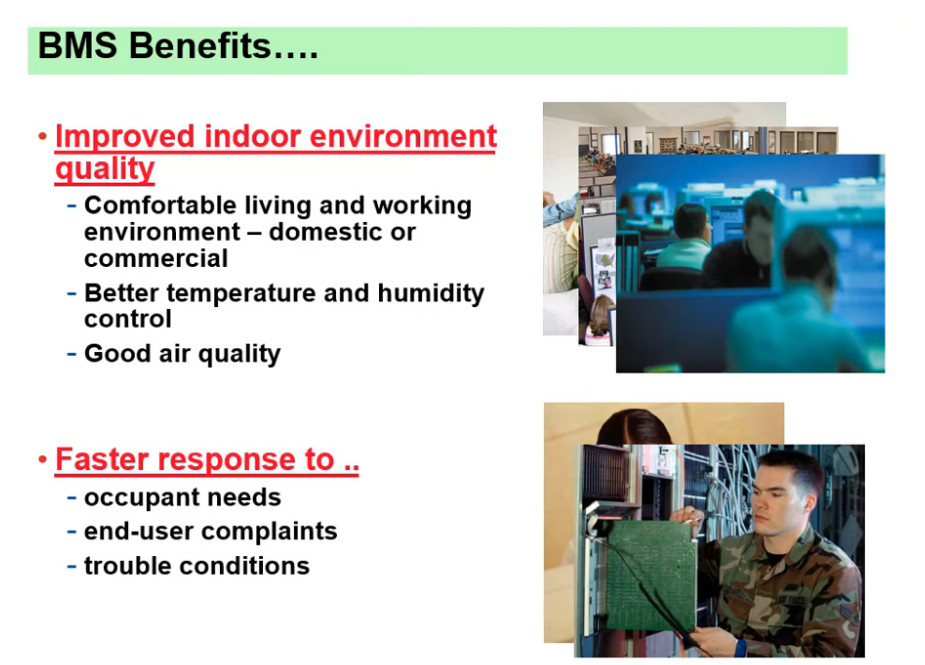


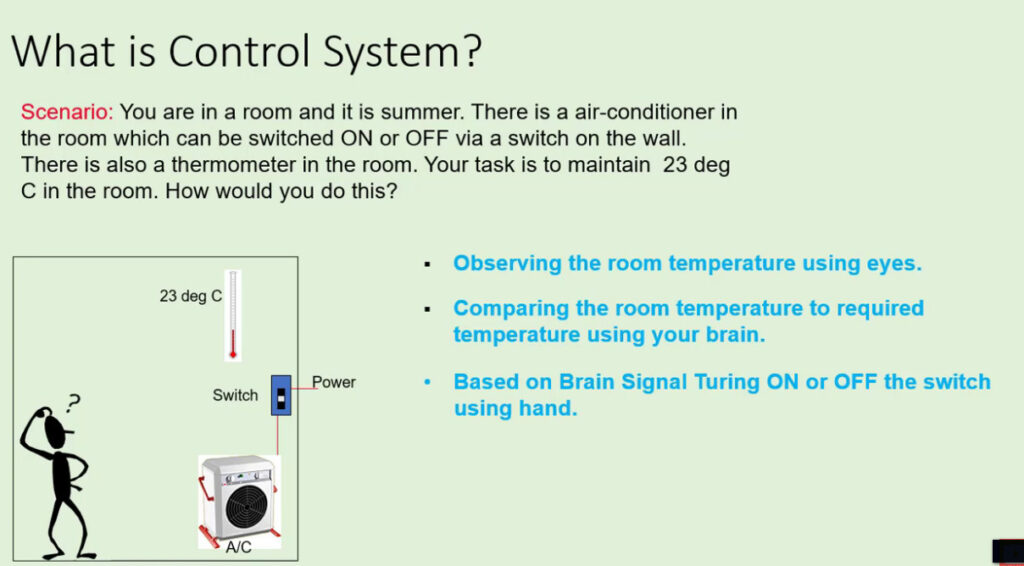
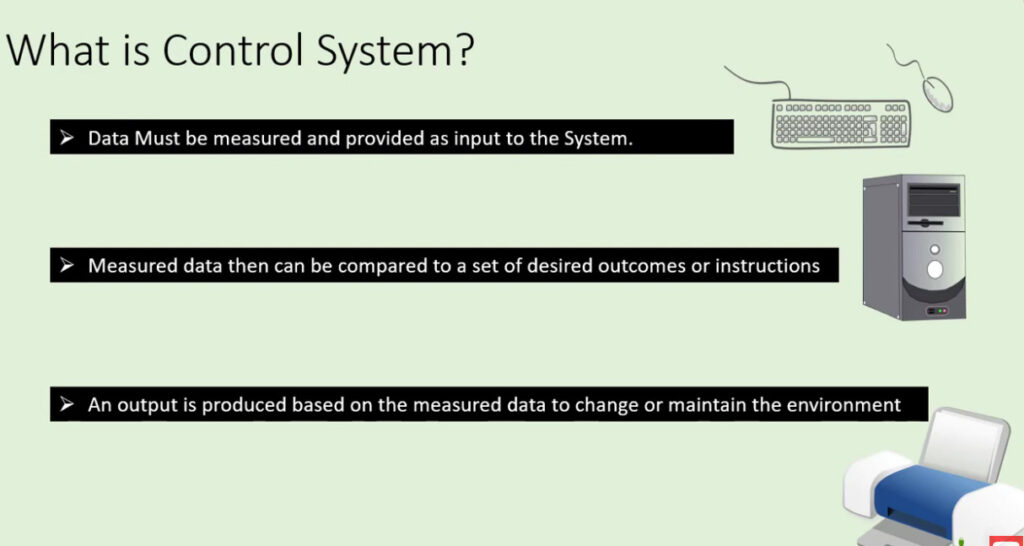


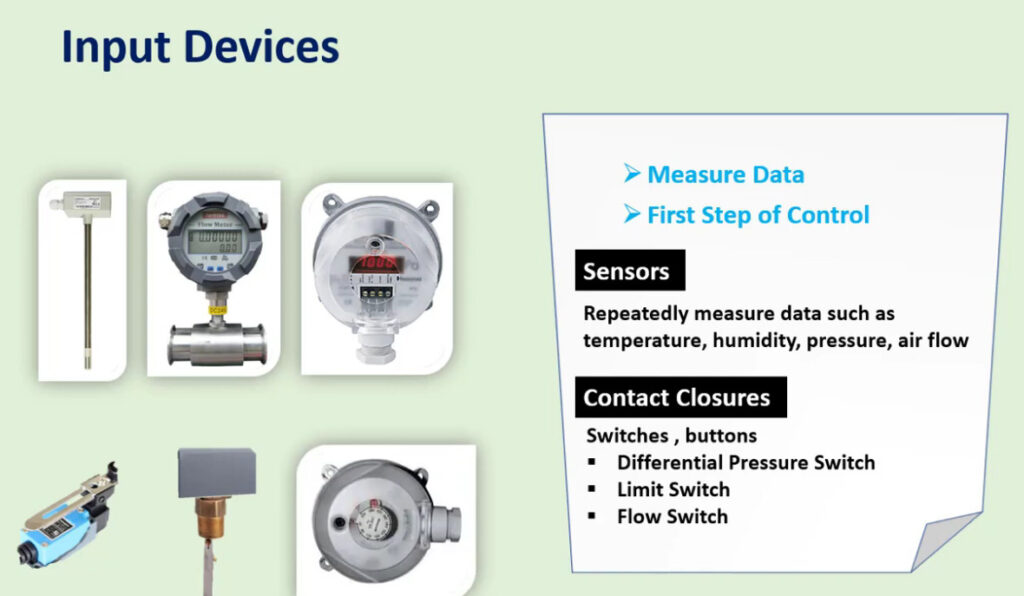
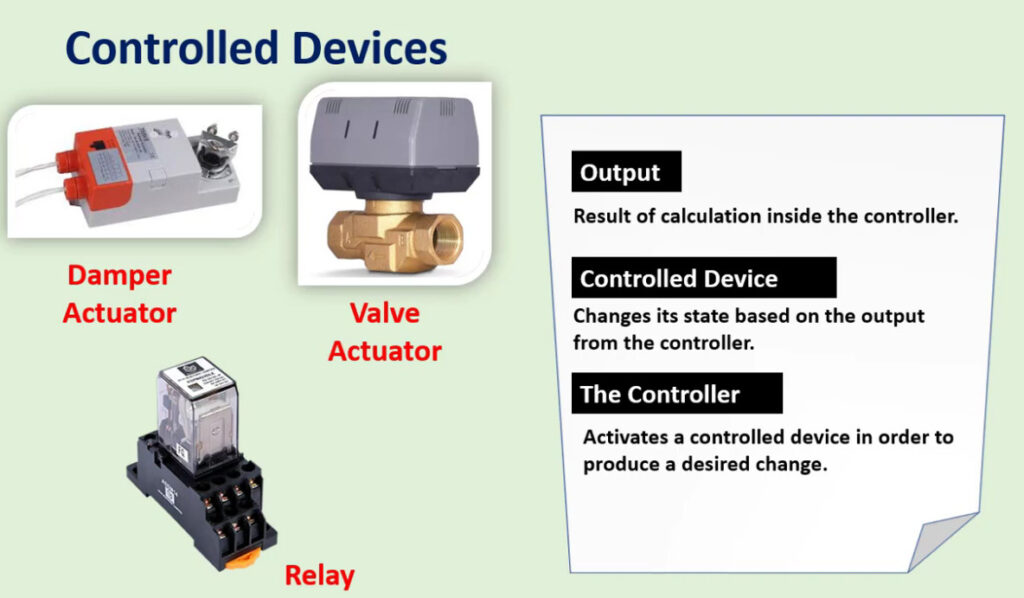
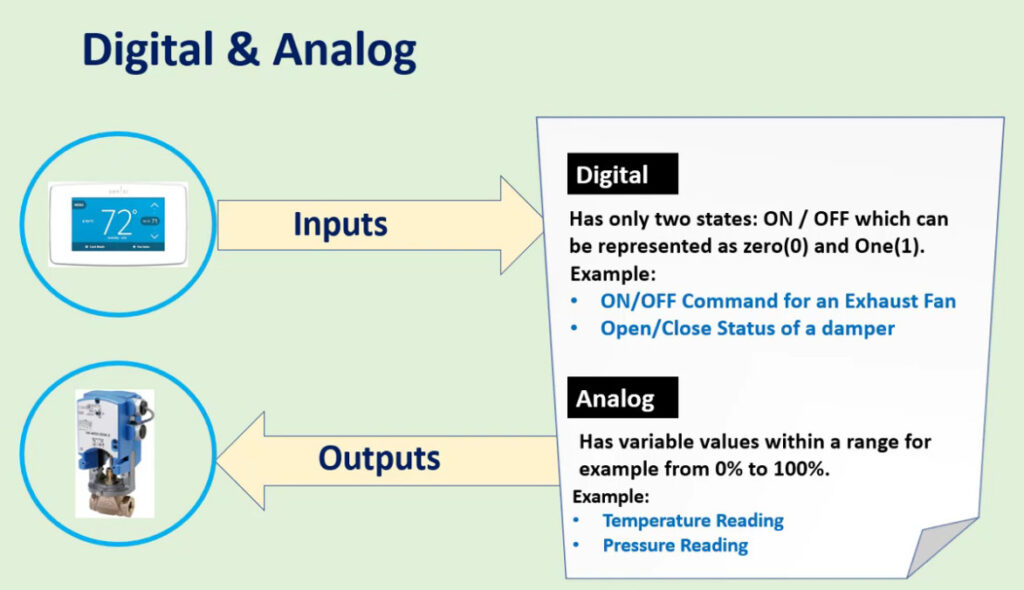

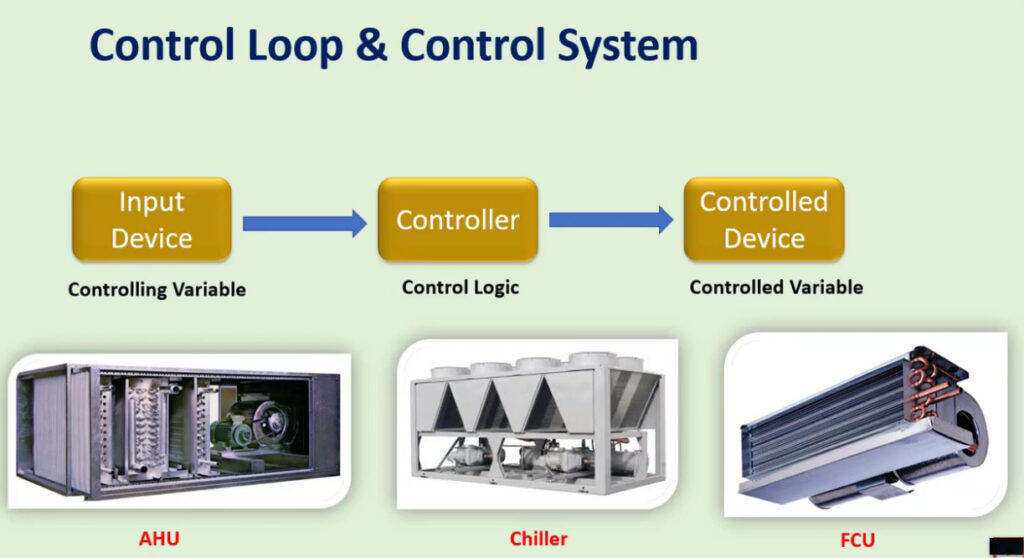
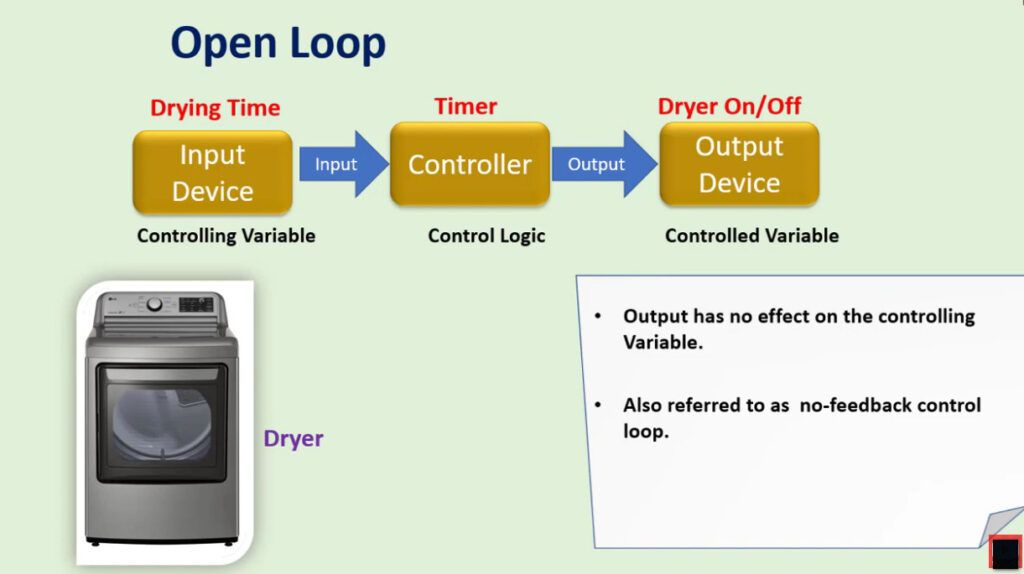
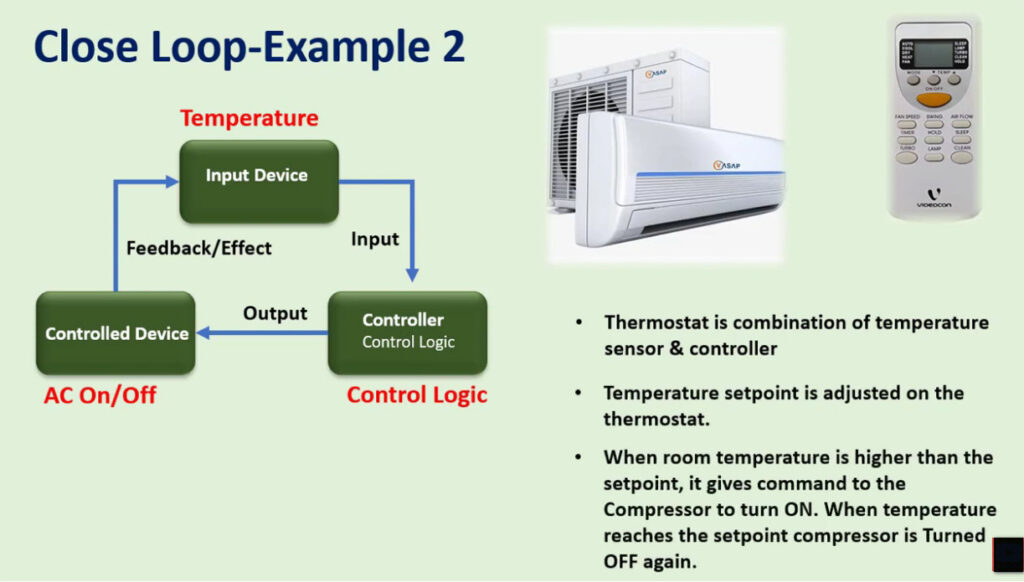


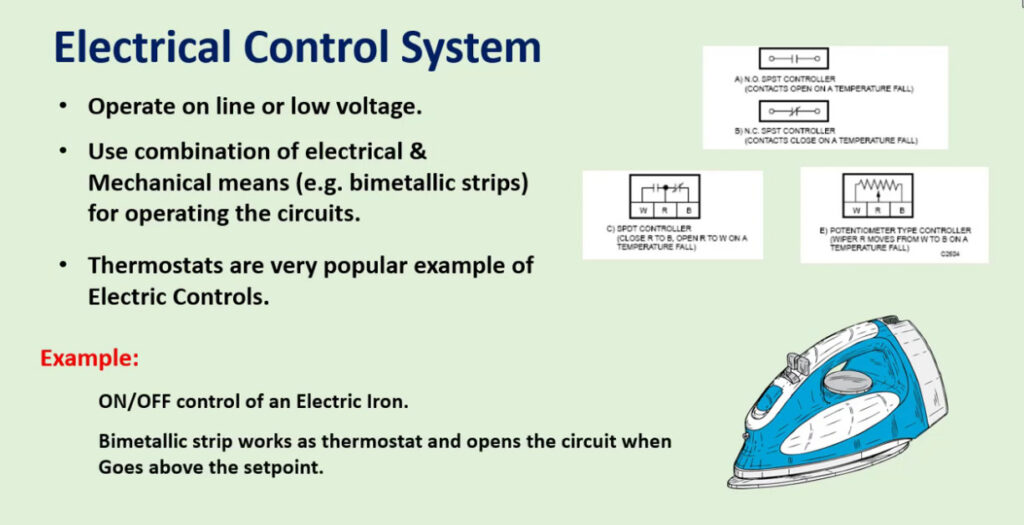


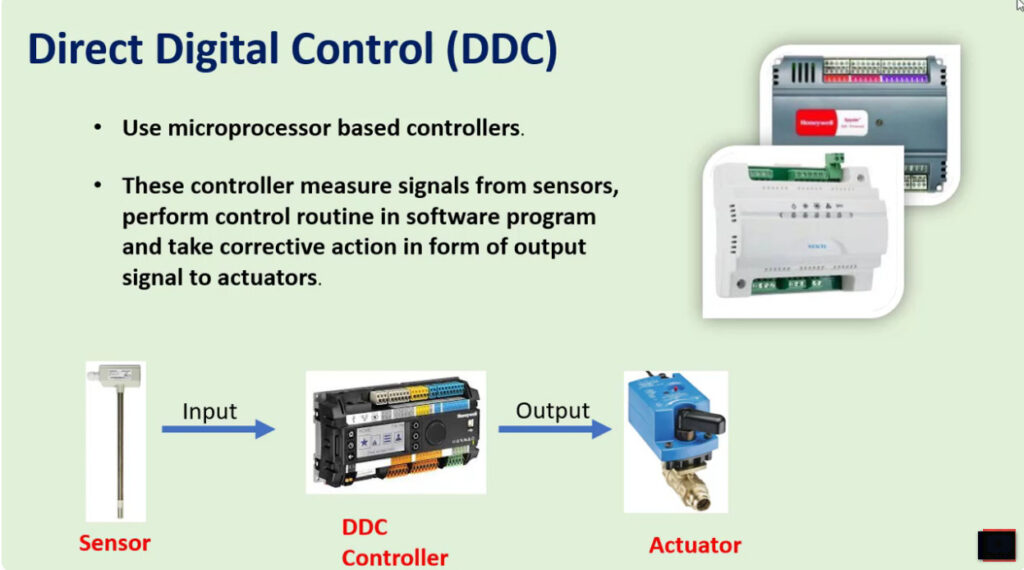
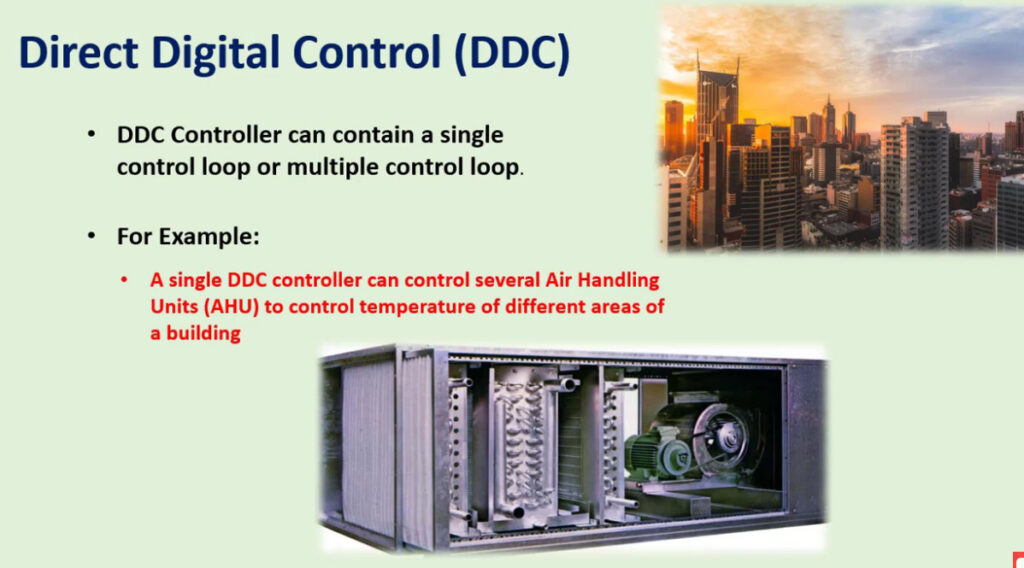
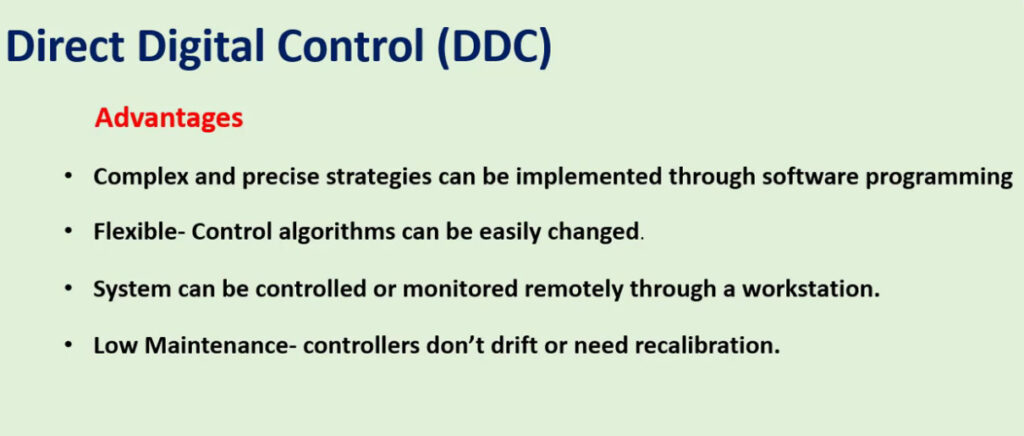




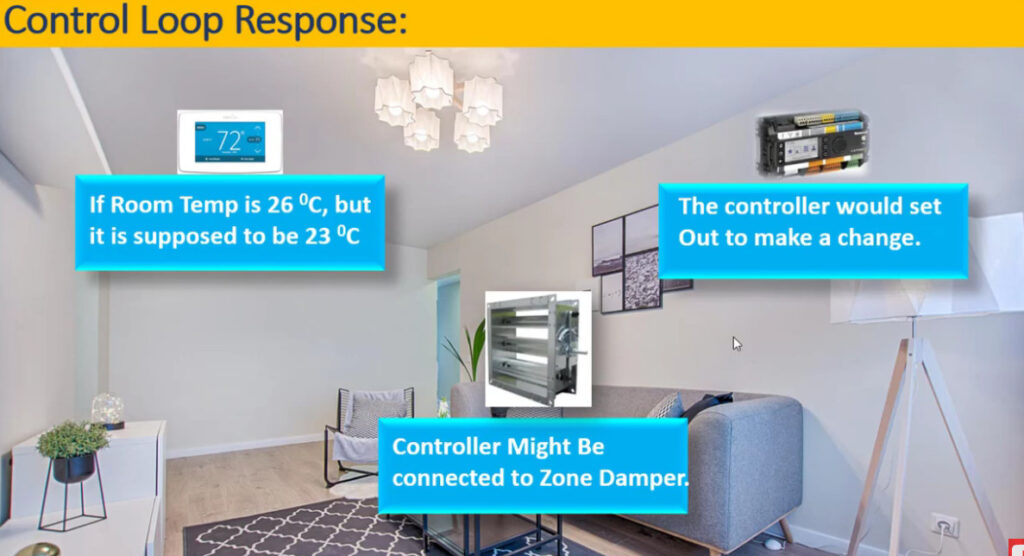
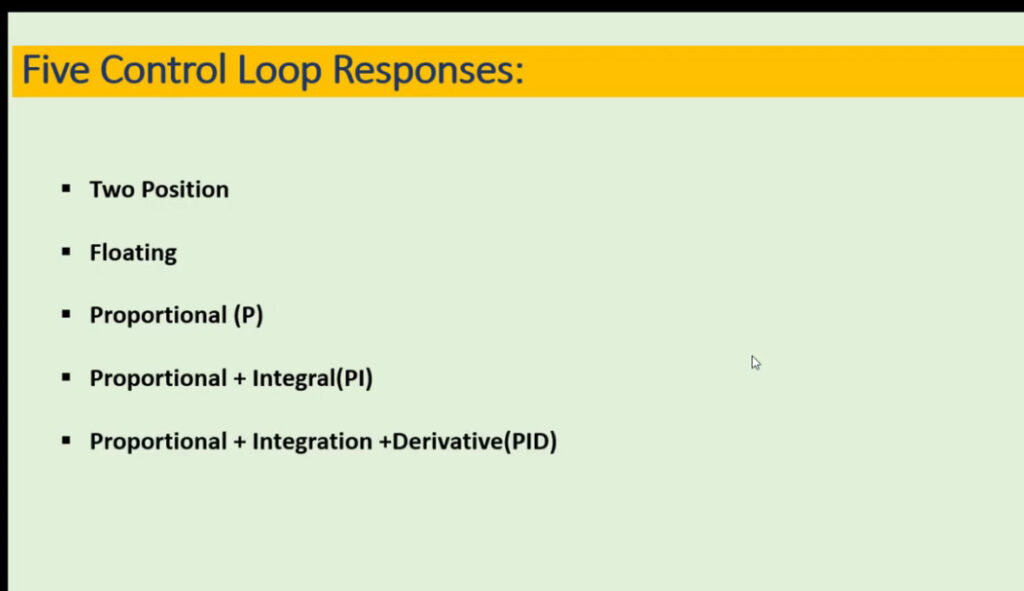
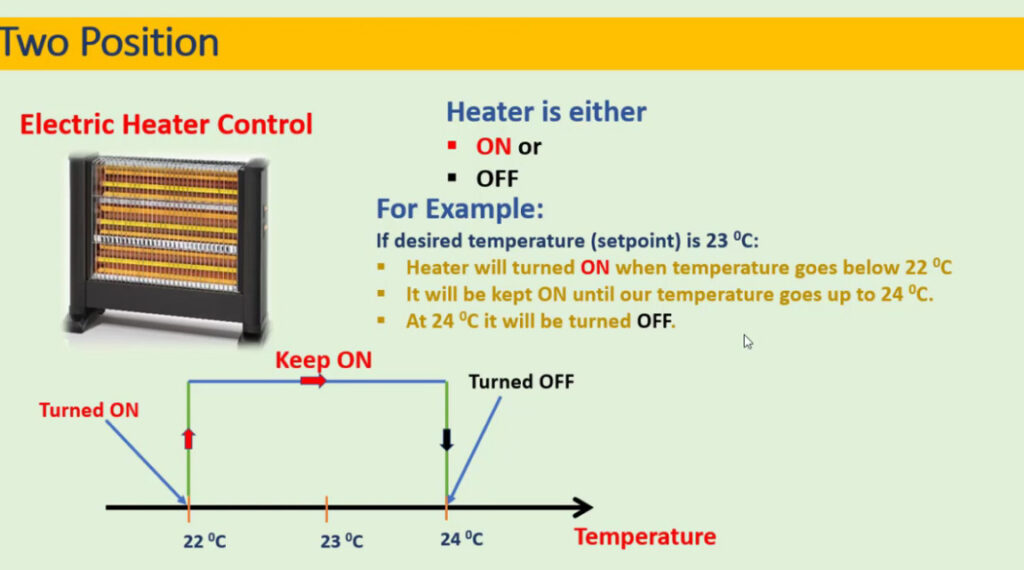
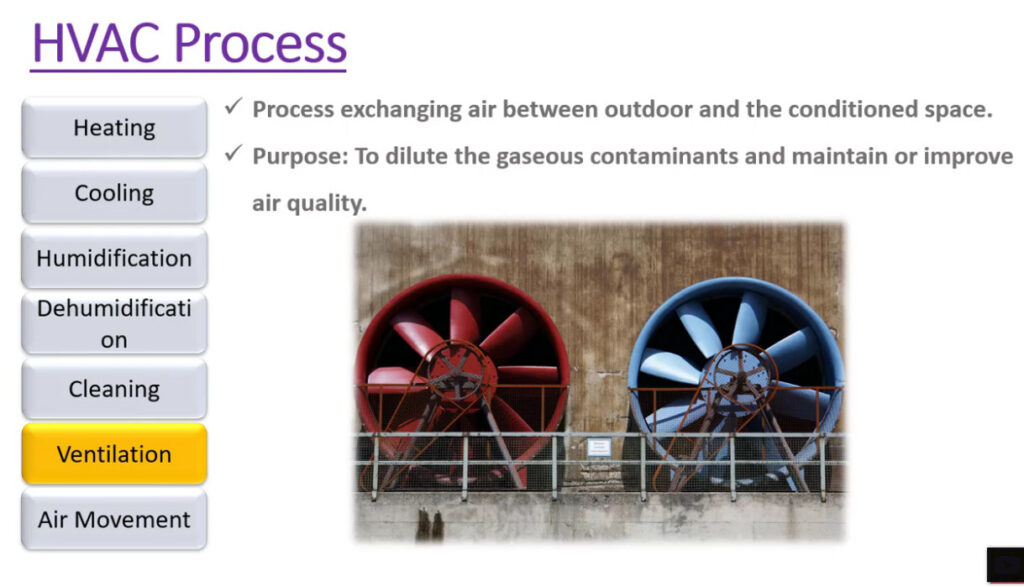
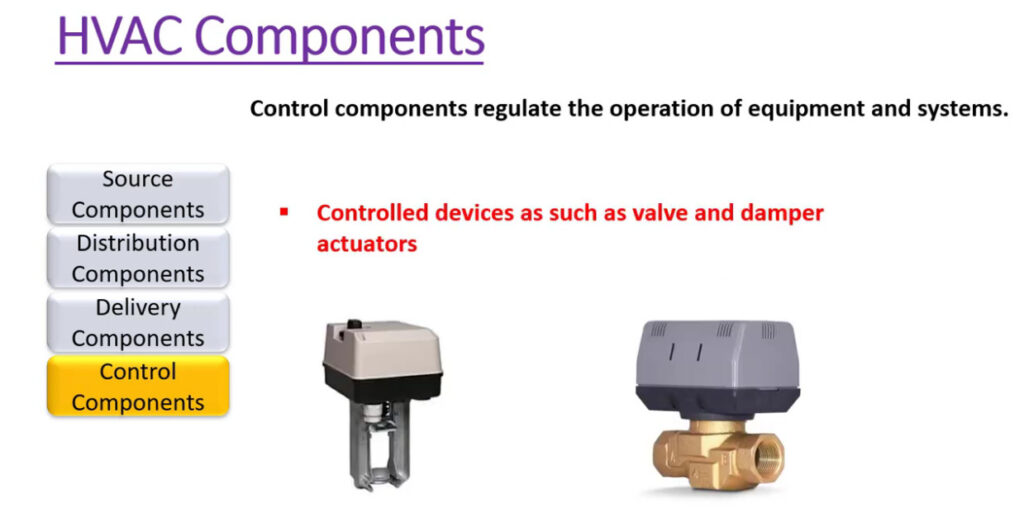
HVAC stands for Heating, Ventilation, and Air Conditioning. It is a technology used to control the indoor environment of a building, ensuring comfort by maintaining acceptable temperature, humidity, air quality, and ventilation. HVAC systems are crucial in residential, commercial, and industrial settings and are a key part of building management.
Heating:
Ventilation:
Air Conditioning:
Control Systems:
Heating Process:
Cooling Process:
Ventilation:
Split Systems:
Packaged Systems:
Ductless Mini-Split Systems:
Centralized HVAC Systems:
Variable Refrigerant Flow (VRF) Systems:
Smart HVAC:
Energy Efficiency Standards:
Geothermal Heating and Cooling:
Integrated HVAC and Building Automation Systems (BAS):
Sustainability and Green Building Practices:
HVAC systems are a cornerstone of modern building design, ensuring that indoor environments remain comfortable, healthy, and energy-efficient. By controlling heating, ventilation, and air conditioning, these systems improve the quality of life for building occupants while helping to minimize energy costs and environmental impact. Advances in technology continue to enhance HVAC systems, making them smarter, more energy-efficient, and more integrated with other building systems.
